Dive Sites
Uncover the Best Dive Sites in Raja Ampat
Raja Ampat is a diver’s paradise, home to some of the richest and most diverse marine ecosystems on Earth. With vibrant coral reefs, dramatic underwater landscapes, and an incredible variety of marine life, it offers unforgettable dive experiences for every level of diver.
On this page, you'll find detailed descriptions of Raja Ampat’s most iconic and breathtaking dive sites—from the manta-filled currents of Manta Ridge to the coral gardens of Melissa’s Garden, the schooling fish at Cape Kri, and the vibrant walls of Blue Magic. We’ll also highlight lesser-known gems like Galaxy and New Reef, where untouched beauty and biodiversity thrive.
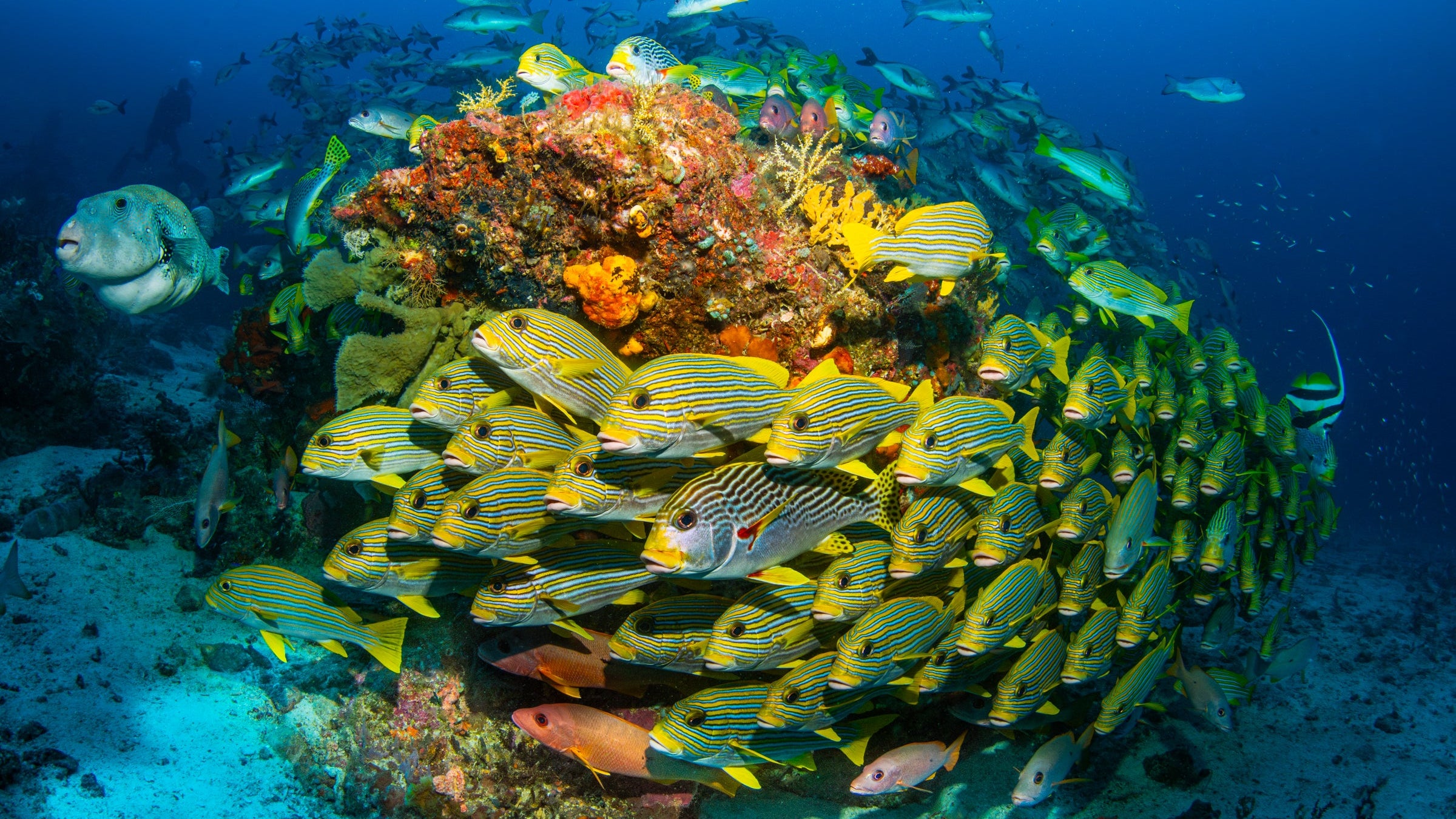
Cape Kri
Just a short boat ride from our homestay lies Cape Kri, a dive site that has captured global attention for its unmatched marine diversity. It’s here that scientists recorded an astonishing 374 fish species on a single dive, setting a world record that still stands today.
Cape Kri is a thrilling blend of beauty and biodiversity — massive schools of fish swirl above colorful coral slopes, while stealthy predators patrol the reef and tiny critters hide in plain sight. Whether you’re a seasoned diver or just starting out, Cape Kri delivers an unforgettable underwater experience that few places on Earth can rival.
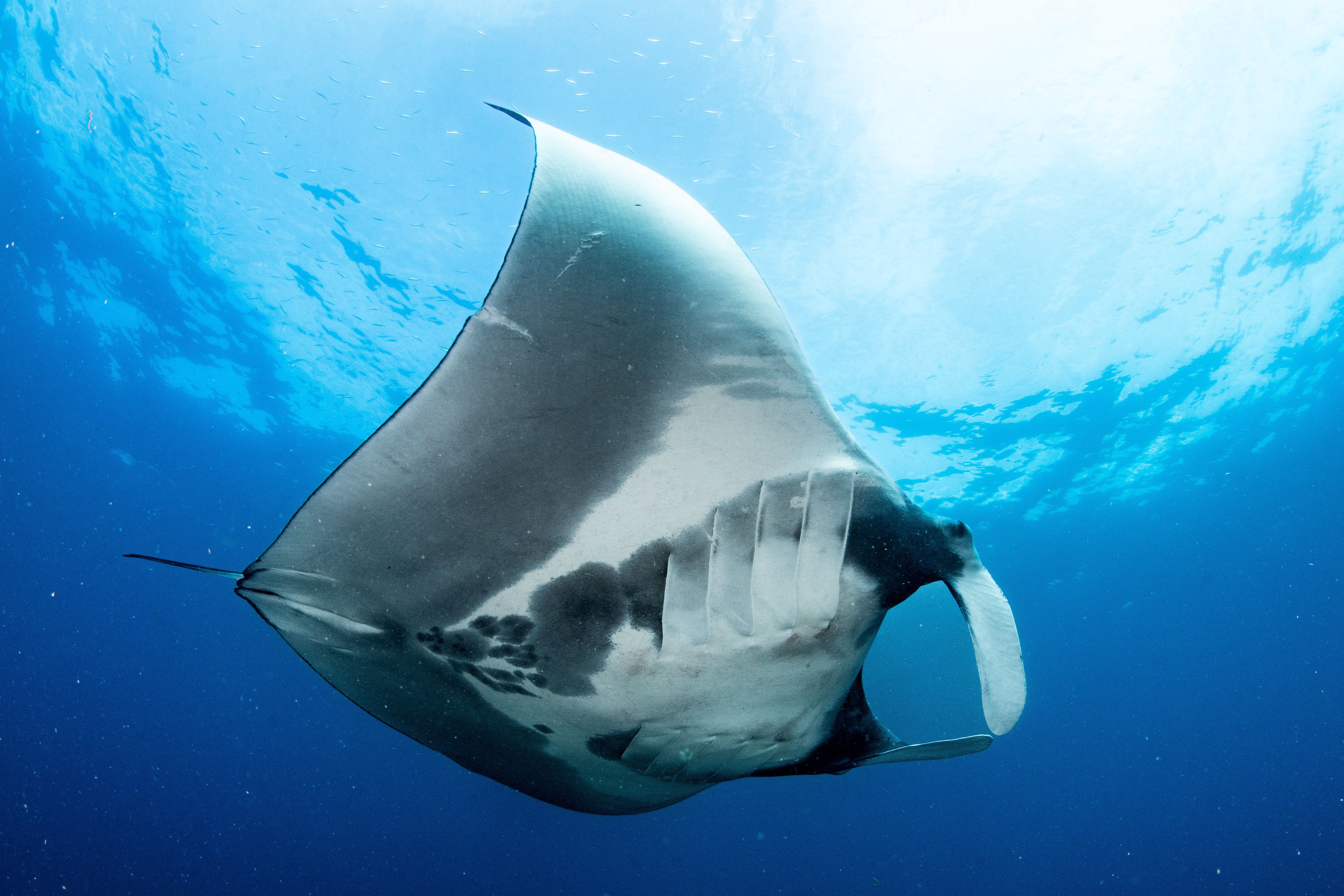
Blue Magic
Renowned for its dense schools of fish and frequent shark encounters, Blue Magic is also one of the top sites in Raja Ampat to spot oceanic manta rays. These graceful giants are often seen circling the reef, especially around the vibrant cleaning stations that attract them time and time again.
With its dramatic underwater topography and high-energy currents, Blue Magic delivers thrilling dives and unforgettable encounters with some of the ocean’s most spectacular marine life.
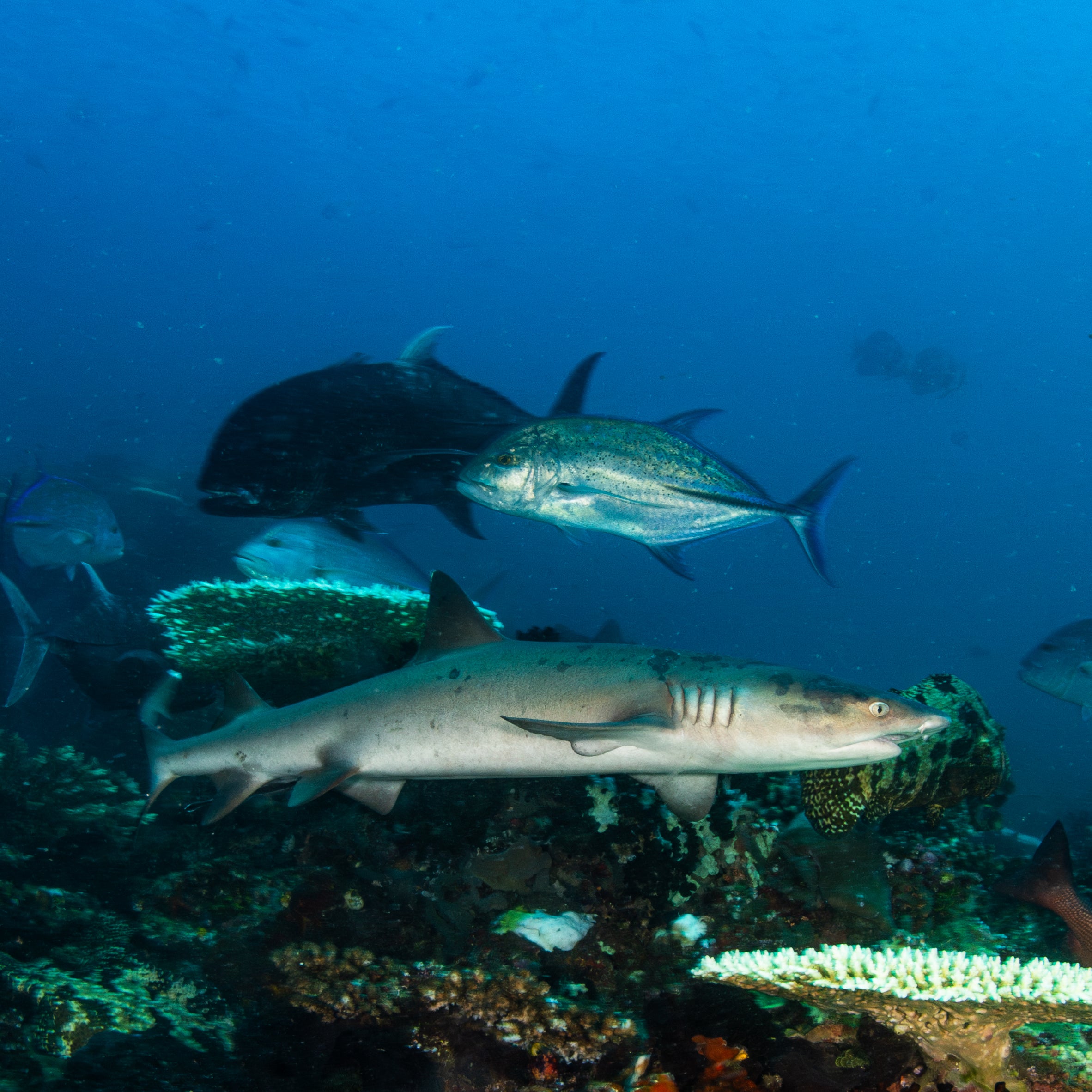
Sardine Reef
This spectacular site is one of the most sought-after dives in Raja Ampat — and it’s easy to see why. Second only to Cape Kri in fish diversity, it offers a dynamic underwater experience packed with life.
From white tip reef sharks and hunting trevally to pygmy seahorses and schools of batfish, the variety of marine encounters here is simply outstanding. Every dive reveals something new, making this site a true favorite among both new and seasoned divers.
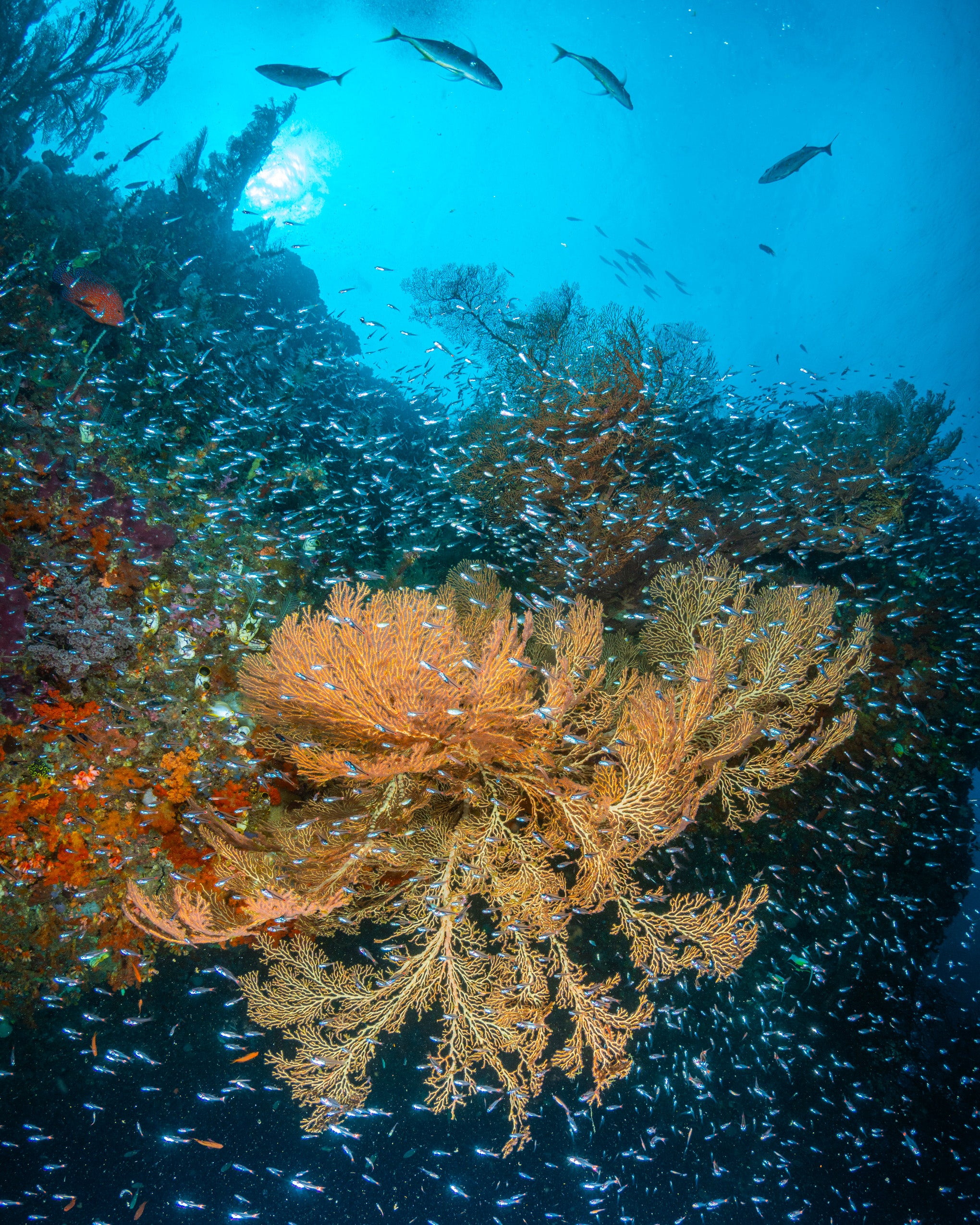
Friwen wall
Widely regarded as the top soft coral wall in Raja Ampat, this site stuns with its incredible diversity and vibrant abundance. Sunlight filters down along the upper sections, making the soft corals glow with brilliant color — perfect for wide-angle photography.
Macro lovers won’t be disappointed either. Hidden among the reef are countless nudibranchs, colorful flatworms, and tiny pygmy seahorses, offering something special for every type of diver.

Mikes point
Named in honor of the founder of Papua Diving’s son, Mike’s Point is a striking site known for its dramatic underwater features and vibrant marine life. The dive begins with large overhangs draped in colorful soft corals, where sweetlips often linger in the shadows.
Shallower up on the reef top, divers are met with a spectacle of schooling fish gliding above healthy coral gardens — a stunning finale to an unforgettable dive.
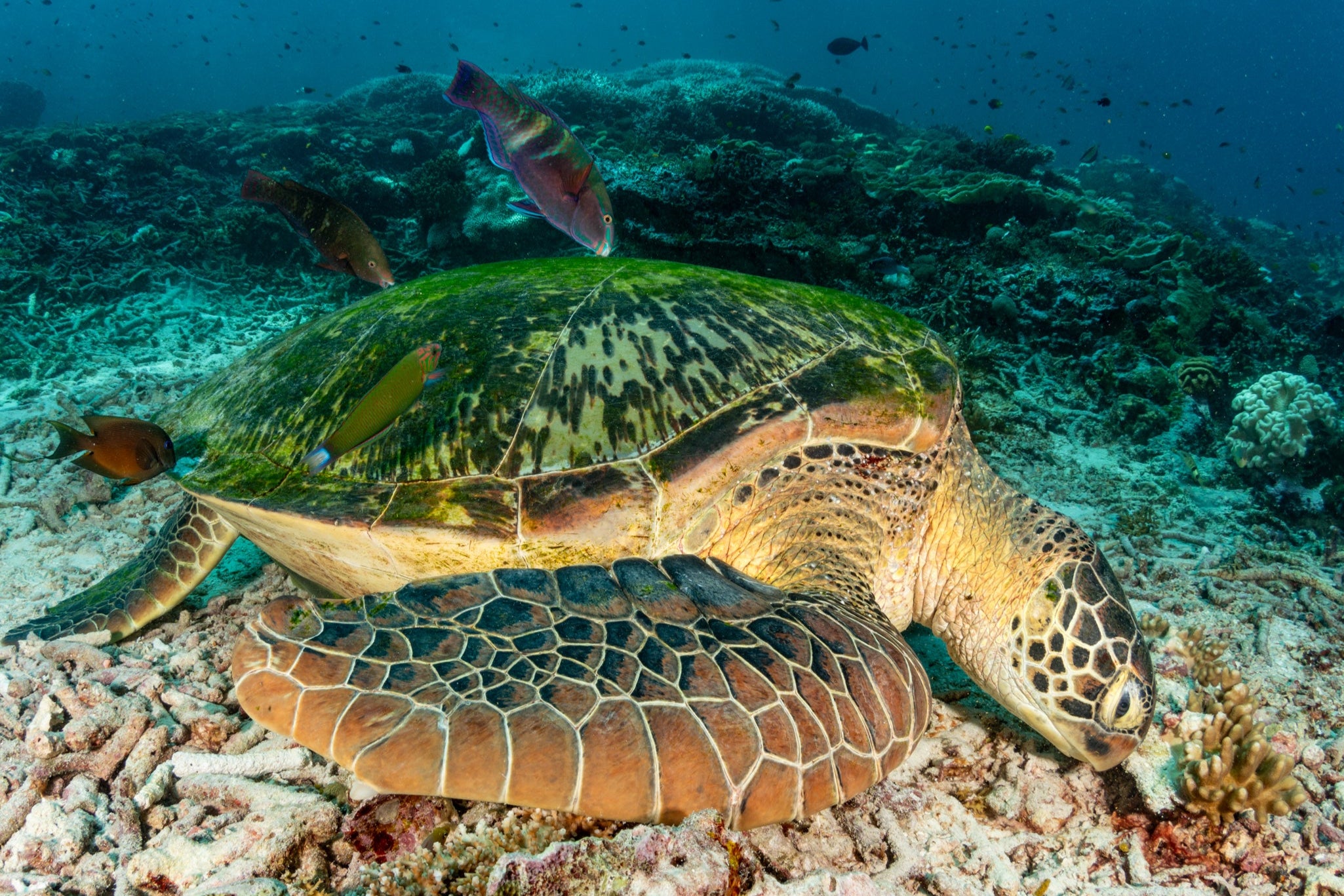
Sawandarek
Sawandarek is one of Raja Ampat’s hidden gems — a site where gentle conditions meet vibrant marine life. With little to no current, it’s the perfect spot to take your time and soak in the beauty of the reef.
The dive features an impressive mix of healthy coral, abundant fish life, and memorable encounters with giant green turtles. In the shallows, watch as schools of jacks cruise by over the coral garden. It’s the kind of dive you’ll want to return to again and again.
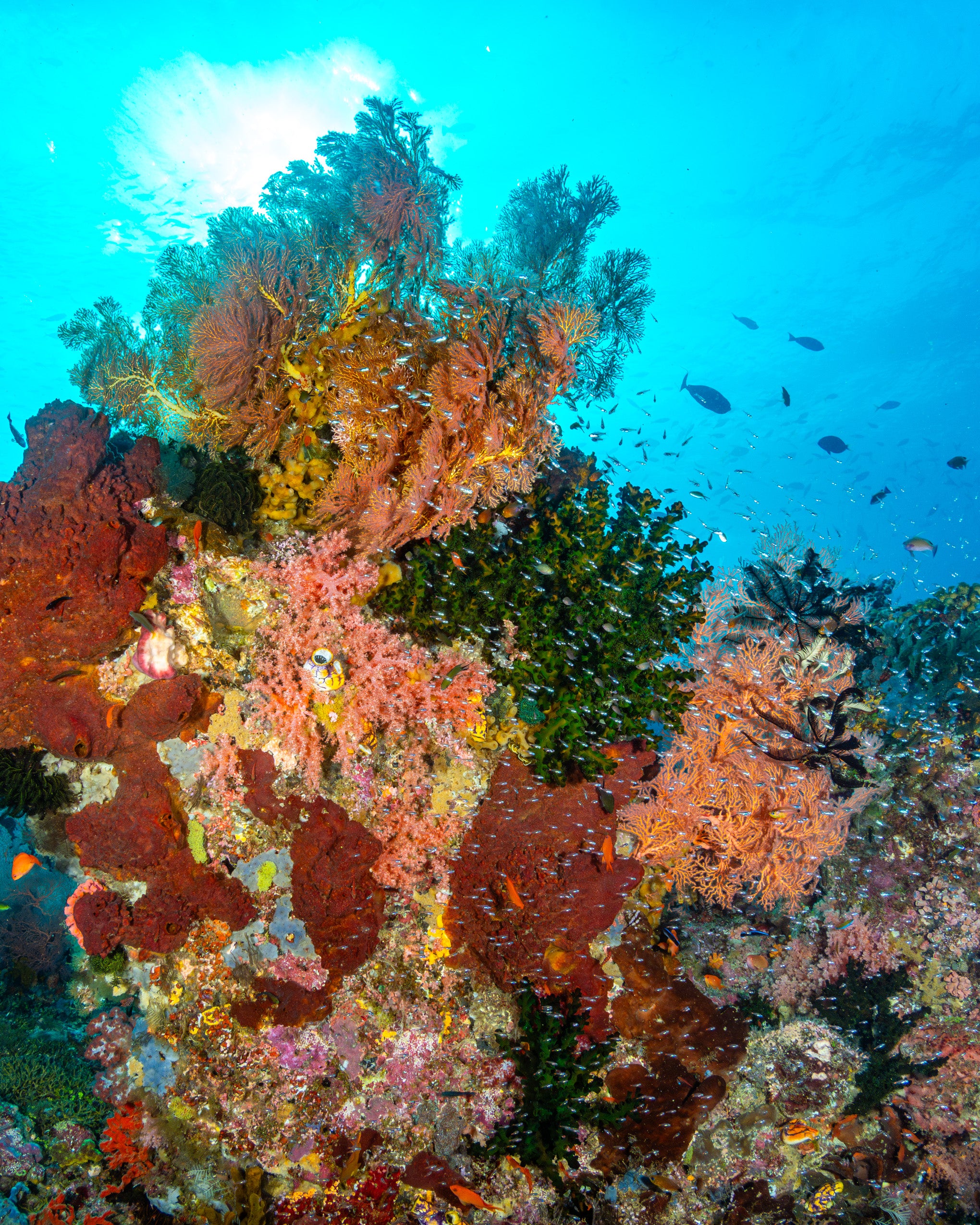
Chicken reef
As one of the larger reef systems in Raja Ampat, Chicken Reef offers a diverse diving experience with four distinct dive sites: Chicken Reef, Chicken Bay, Sleeping Barracuda, and Surgeonfish Slope.
This expansive area has something for everyone — from tiny critters to larger pelagic life, and from gentle drifts to stronger currents for more adventurous divers. With so much variety in one location, Chicken Reef promises new discoveries on every div

Lau lau
This underwater seamount features a vibrant cleaning station that occasionally attracts the majestic oceanic (giant) manta rays. The site buzzes with life — from swirling schools of barracuda, snapper, and fusiliers, to the serene presence of Kuhl’s rays resting quietly on the sandy seabed. With its dynamic mix of activity and calm, this site offers a truly balanced and captivating dive experience.
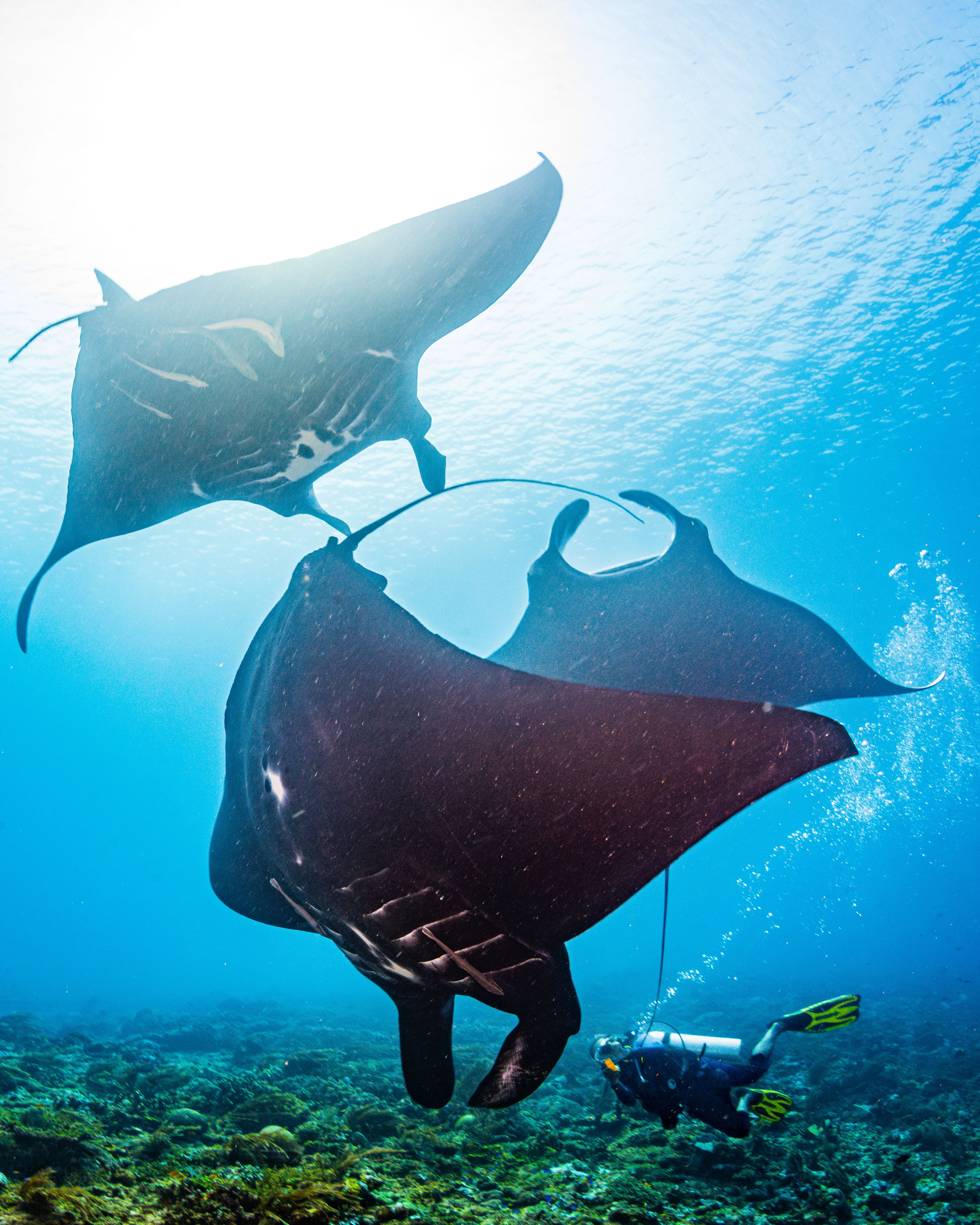
Manta sandy
This site is home to several active cleaning stations, attracting manta rays that glide in for their regular visits. Divers and snorkelers alike are treated to incredible close-up views — with mantas not only lining up to be cleaned but often swooping gracefully overhead or gliding just above the reef in arm’s reach. It’s one of the best places in Raja Ampat for an unforgettable manta encounter.
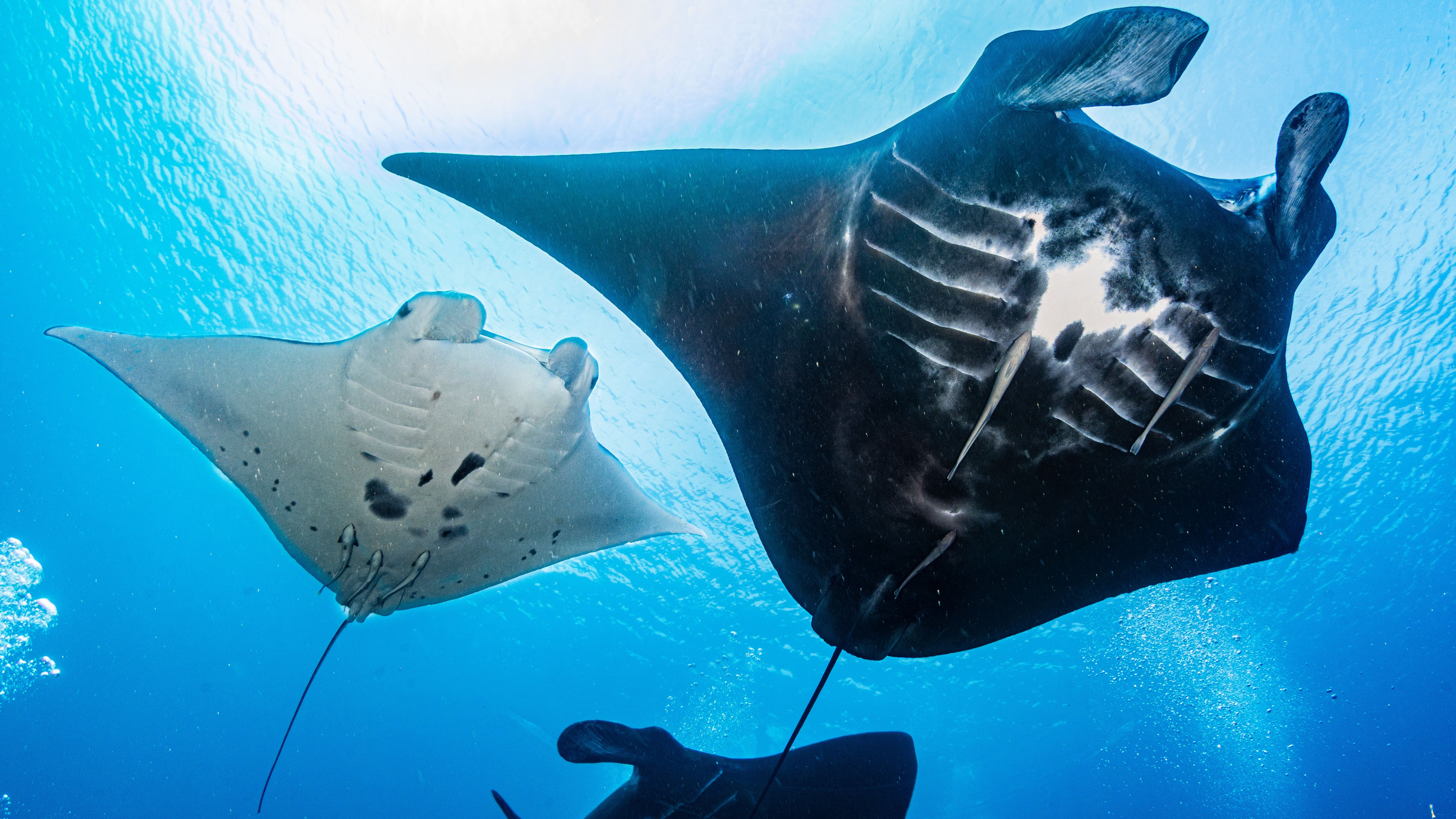
Manta Ridge
This shallow reef ends in a dramatic drop-off, where divers hook in and hold position against the current — the perfect vantage point to watch majestic manta rays glide effortlessly past. With strong currents and breathtaking encounters, Manta Ridge offers one of the most thrilling and memorable dives in Raja Ampat.
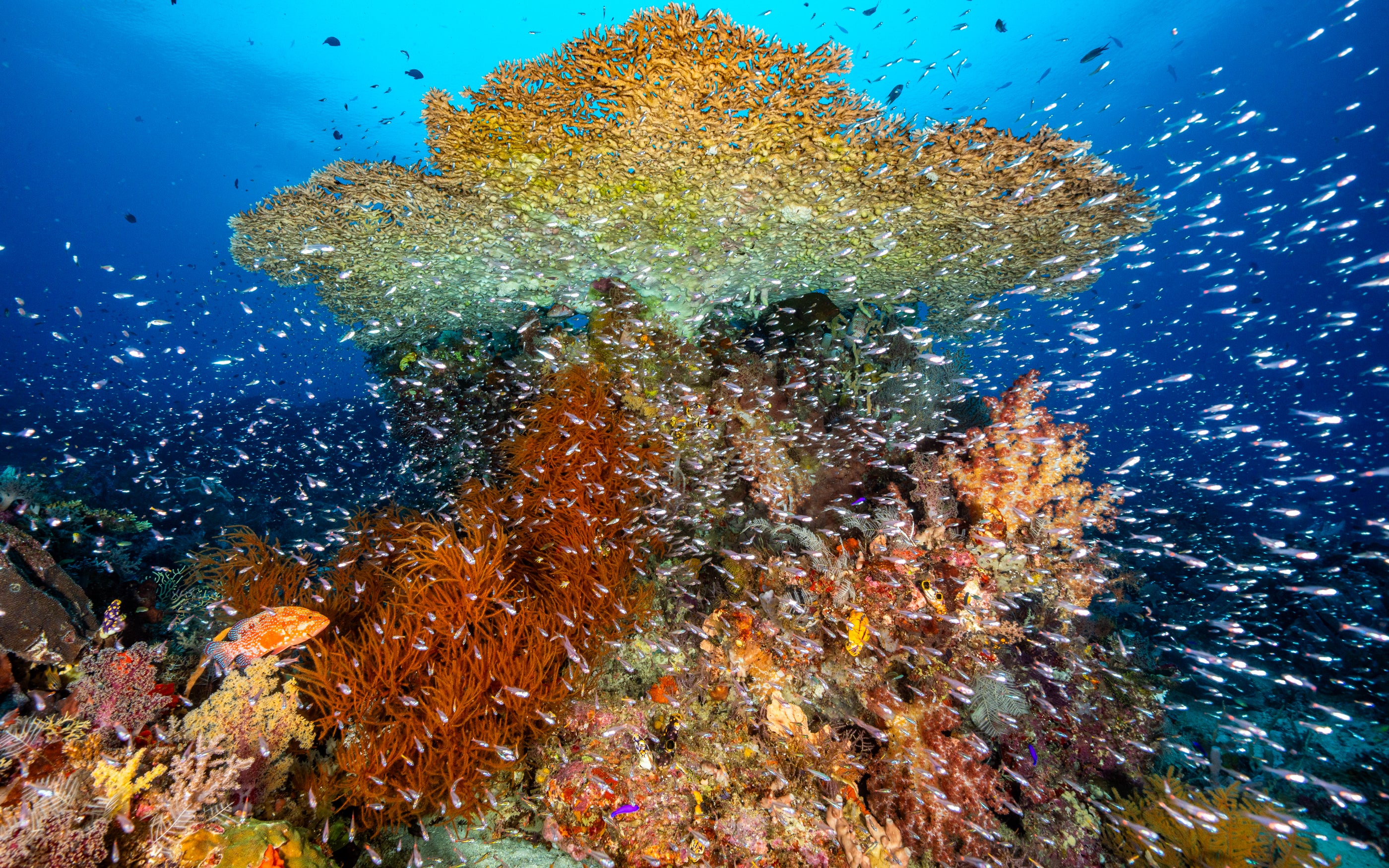
Melissa's Garden
Named in honor of the founder of Papua Diving’s daughter, Melissa’s Garden is one of Raja Ampat’s most breathtaking dive sites. Overflowing with life, this vibrant reef is a kaleidoscope of colorful corals and teeming fish — a truly mesmerizing underwater scene that feels more like a living painting than a dive site.
Every moment spent here is a reminder of why Raja Ampat is considered the heart of the Coral Triangle.
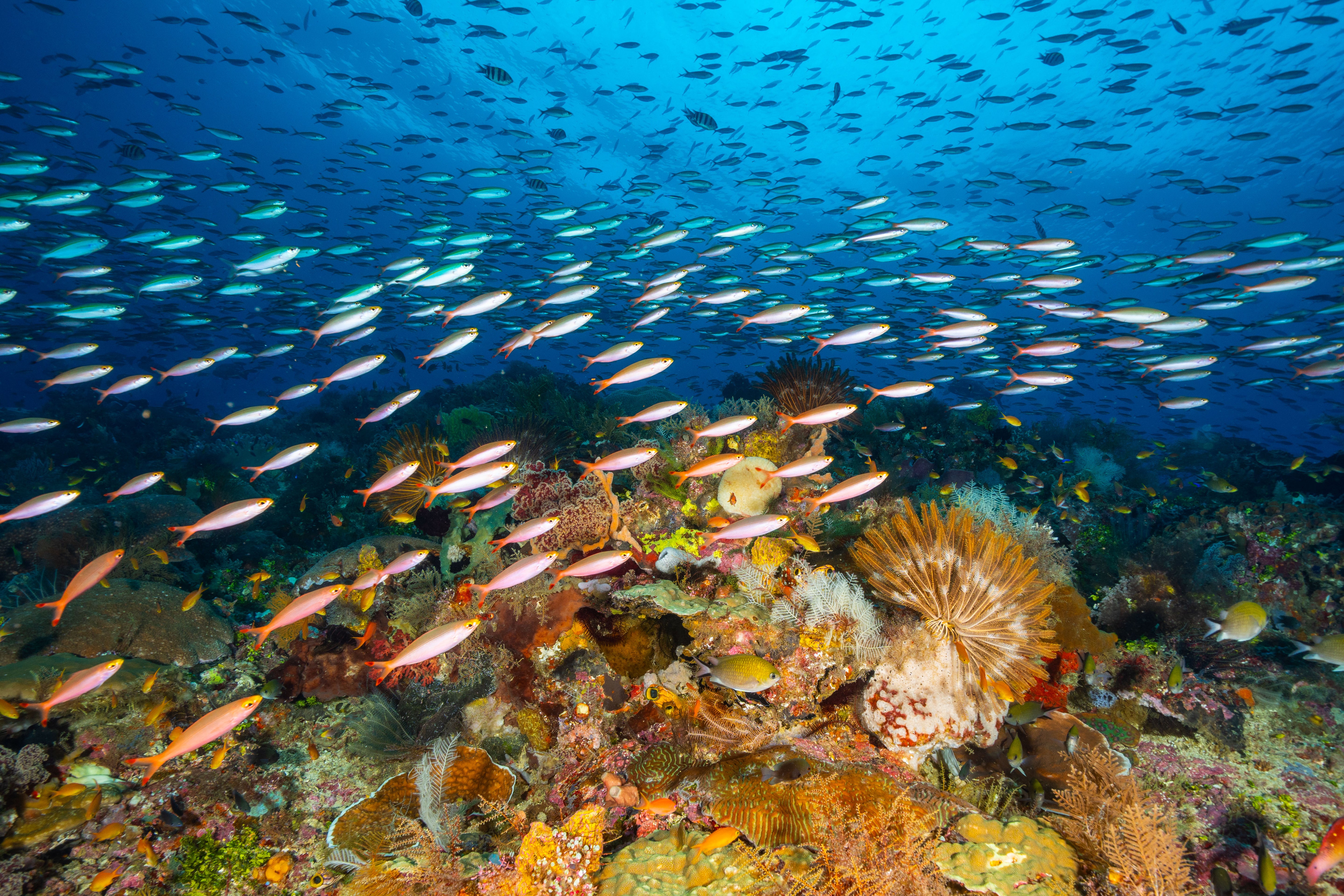
Galaxy
Tucked away in the Fam Islands, Galaxy is a lesser-known dive site bursting with colorful corals, dense fish life, and calm conditions ideal for a relaxed yet rewarding dive. Its rich biodiversity and stunning reefscapes make it a true hidden gem of Raja Ampat.
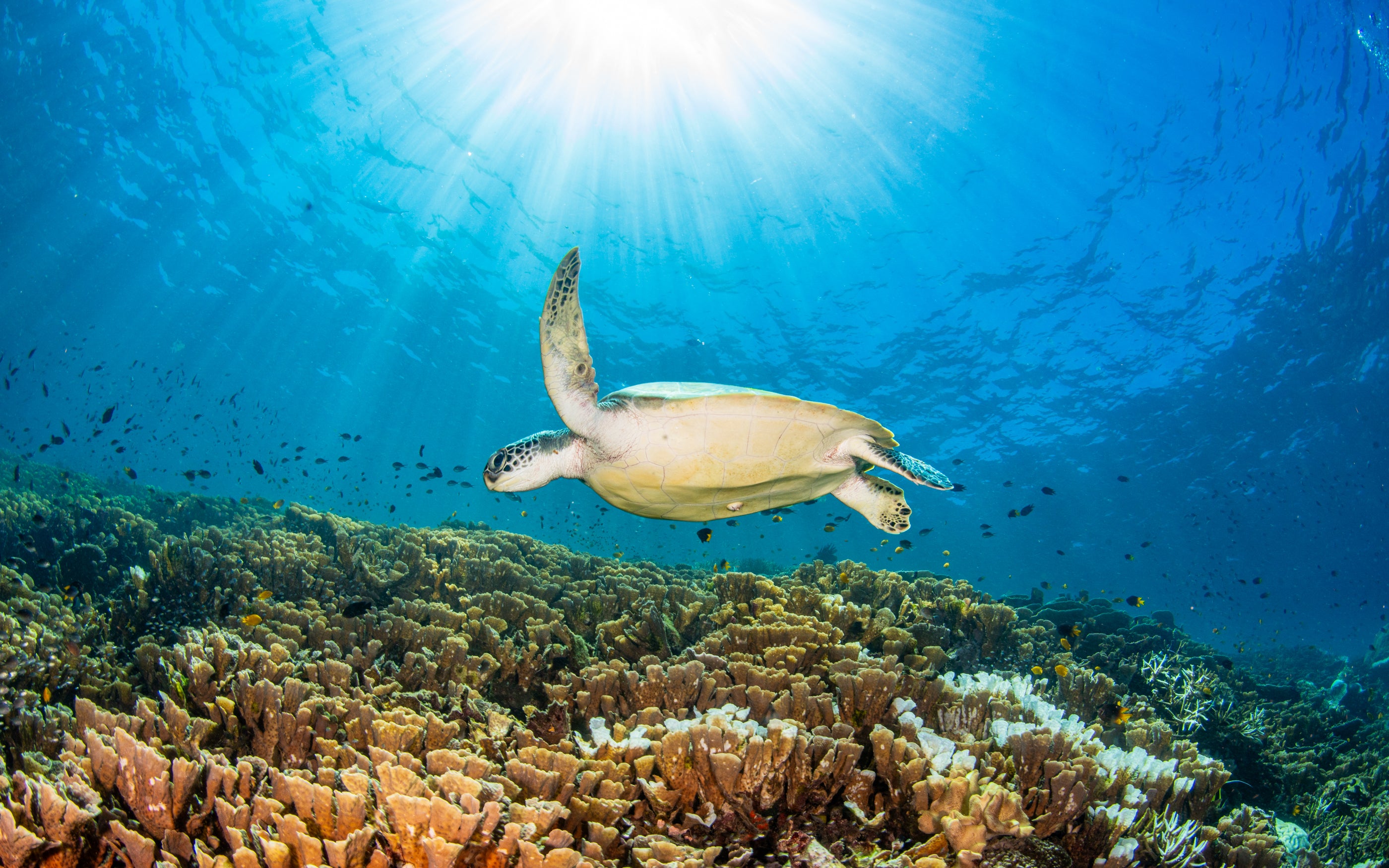
Cape MANSUAR
Starting on the tip of the cape alongside large schools of fish, divers then drift onto the steep reef slope where lots of small marine life is found. Since the reef drops away into the open ocean, Cape Mansuar can be visited by species such as mobula rays and sea turtles.
